One of the strict rules for the Hmong people is the dress code: the Hmong girl must sew her own dress when entering her husband's house and the traditional dress must be worn when she dies so that her ancestors can recognize her descendants. Just for such a simple reason, the linen weaving profession still exists in every house and village of the ethnic group.
Ha Giang – the rocky plateau – not only attracts domestic and international tourists by its vast fields of buckwheat flowers, winding mountain passes and charming terraced fields in the ripe rice season, sparkling in the pouring water season, and immense mountain ranges, but also by its rich traditional cultural features of ethnic minorities.
For the Mong people in Lung Tam commune, Quan Ba district, Ha Giang, linen is a cultural symbol. People here still maintain the traditional linen weaving profession using natural materials and manual processes.
The linen weaving profession of the Mong people has a very great significance for the traditional culture of the nation, a vivid proof of the diligence and hard work of the people who have overcome all the difficulties and harshness of nature to build an increasingly beautiful life.
According to local elders, when Mong girls reach adulthood, their families give them their own land to grow flax. Before they get married, they must know how to weave linen. When they move to their husband’s house, their mother-in-law will give their daughter-in-law a set of linen. The new bride gives her mother-in-law the linen set that she woven and sewed.
Weaving linen also demonstrates dexterity and diligence and has become one of the criteria for evaluating a woman’s talent and virtue. The Mong believe that linen helps connect descendants with their ancestors.
The main raw material for weaving flax is flax. Flax plants are harvested after about two months of planting. If harvested early, the flax fibers will be tough. If harvested late, it will be difficult to peel the bark. When peeling the flax bark, it must be in a place away from sunlight and wind to avoid the flax bark sticking to the tree trunk.
After separation, the flax hull is pounded in a mortar until it curls, then the fibers are joined by rolling the fibers directly onto a hand or wooden stick, connecting tip to tip, root to root, ensuring that the joints are of equal width. After joining, the flax fibers are soaked in cold water for 15-20 minutes and then placed on a spinning frame.
To have a beautiful piece of fabric, the craftsman must love his job, be patient and skillful. The flax fibers must be even right from the separation step, so that the woven fabric will be durable and beautiful. After separation, the flax fibers are pounded to soften, then joined together to create long fibers. The Mong people also invented a spinning tool that combines the hands and feet to spin 4 flax fibers at the same time.
The yarn is then put into a spinning frame to be unwound and bundled into bundles, then boiled with wood ash, soaked and washed. This process is repeated until the linen is white, then dried and put into a weaving frame. When the yarn is put into the frame, depending on the width of the fabric, the worker counts the exact number of yarns.
The Mong people still weave cloth by hand using looms. The weaving process is usually undertaken by experienced older artisans who can handle broken or damaged threads.
The finished woven fabric is placed between a stone slab and a wooden pillar. The worker stands on the stone slab and rolls it back and forth until the entire surface of the fabric is flattened, soft and smooth, then soaks it in wood ash for a week to whiten it and then dries it. A beautiful linen fabric must have even, white and smooth threads. Linen is durable and absorbs moisture, so it feels cool when worn.
Heritage Magazine


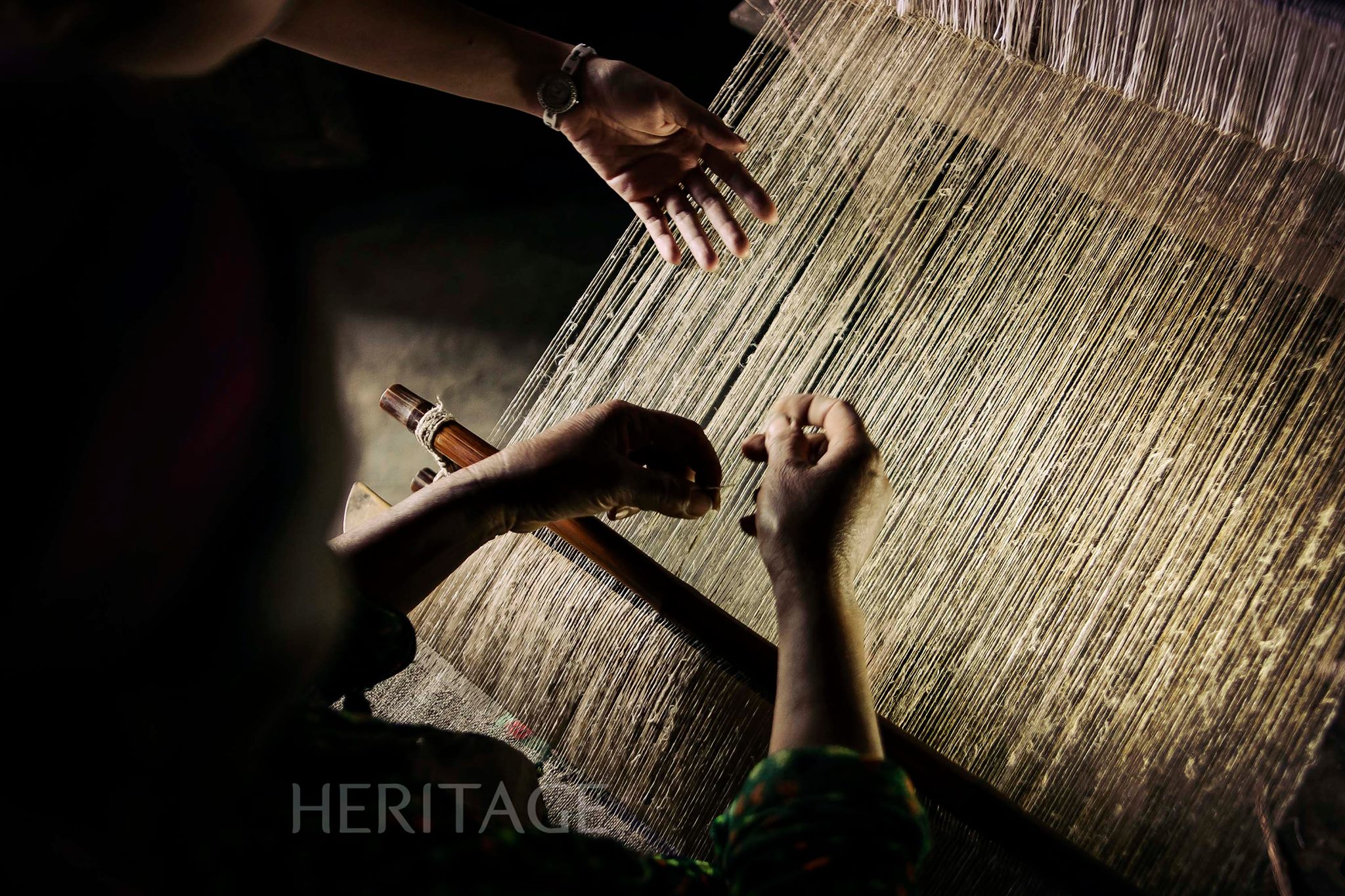
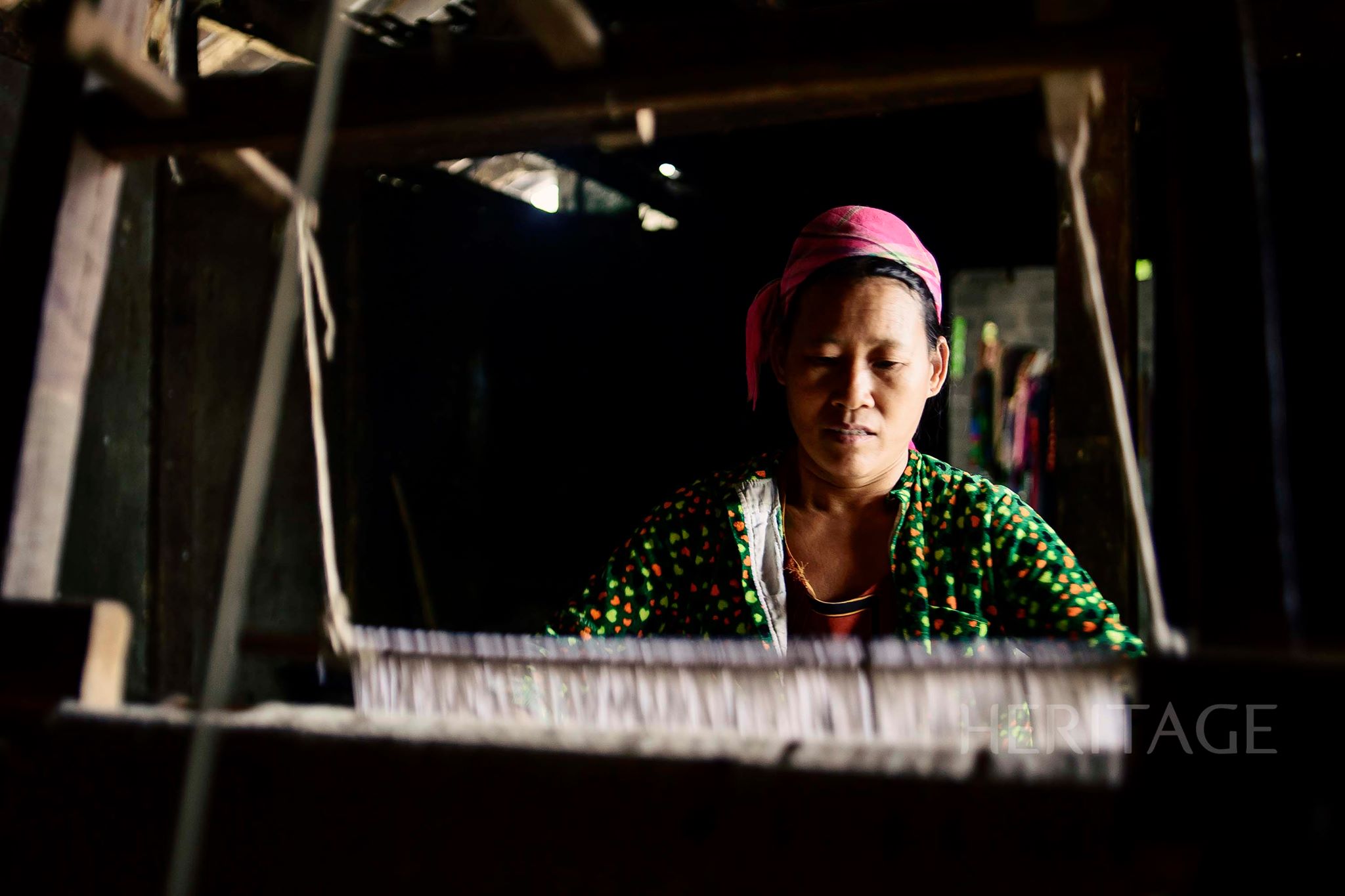
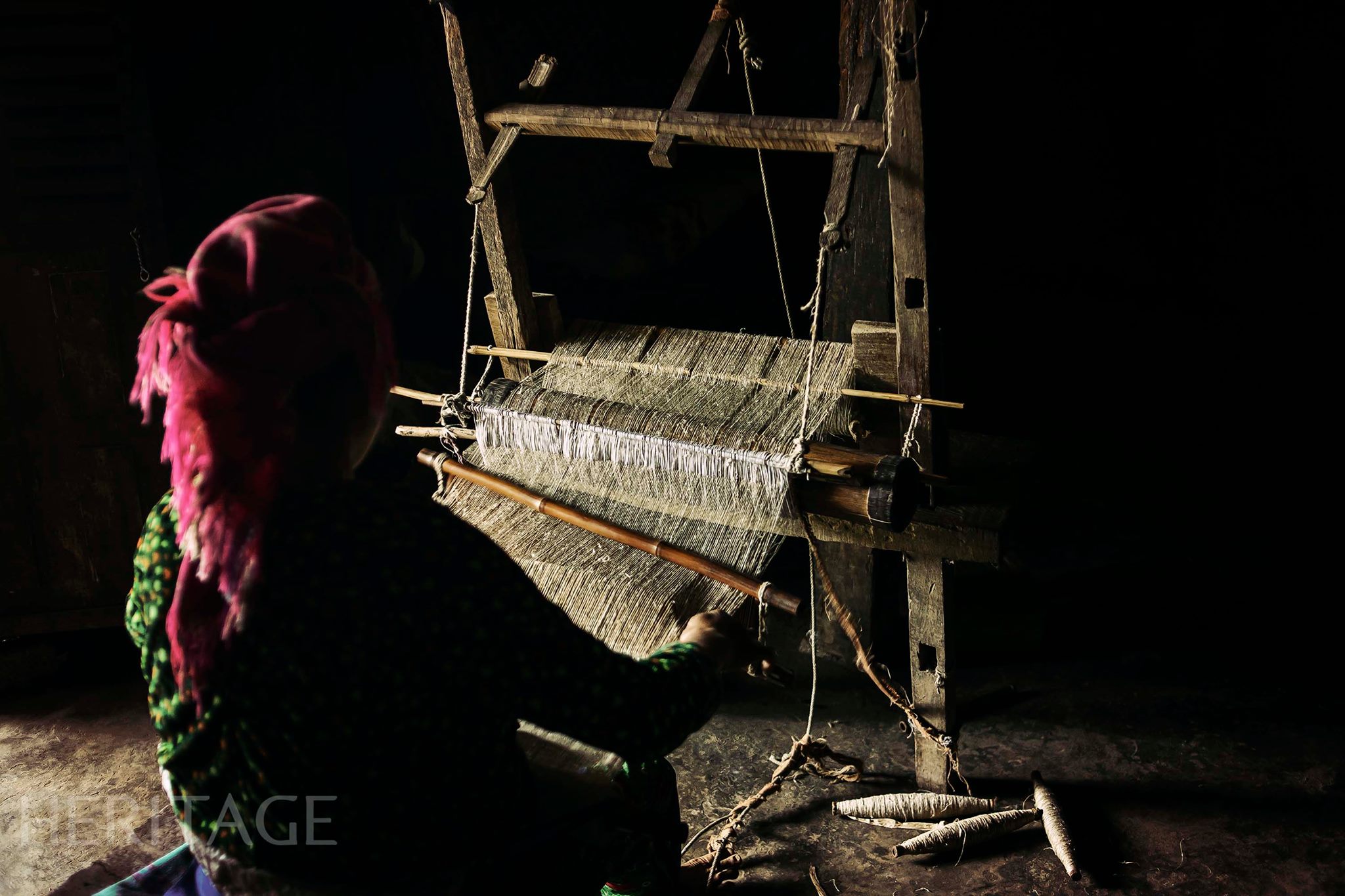
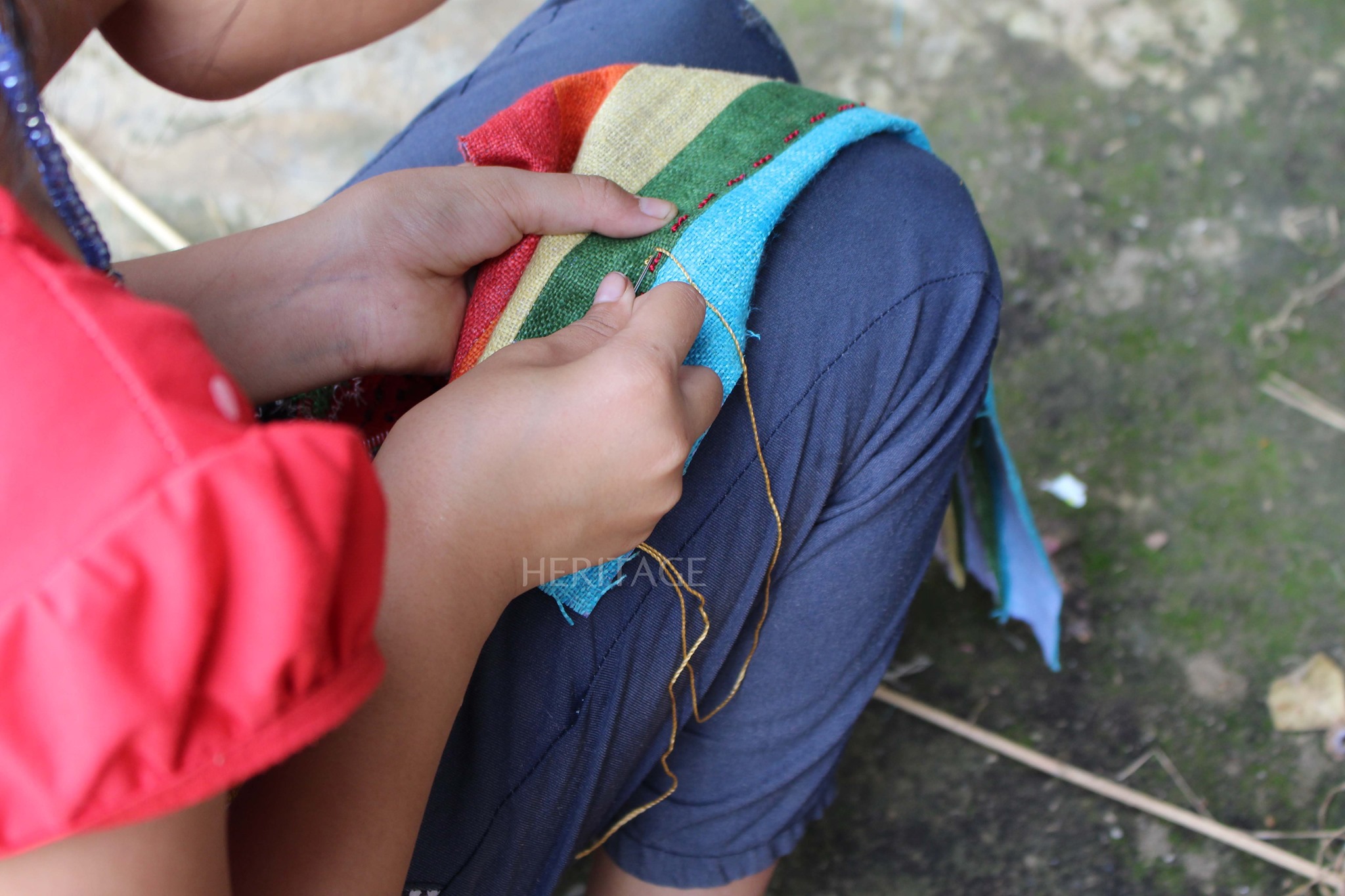
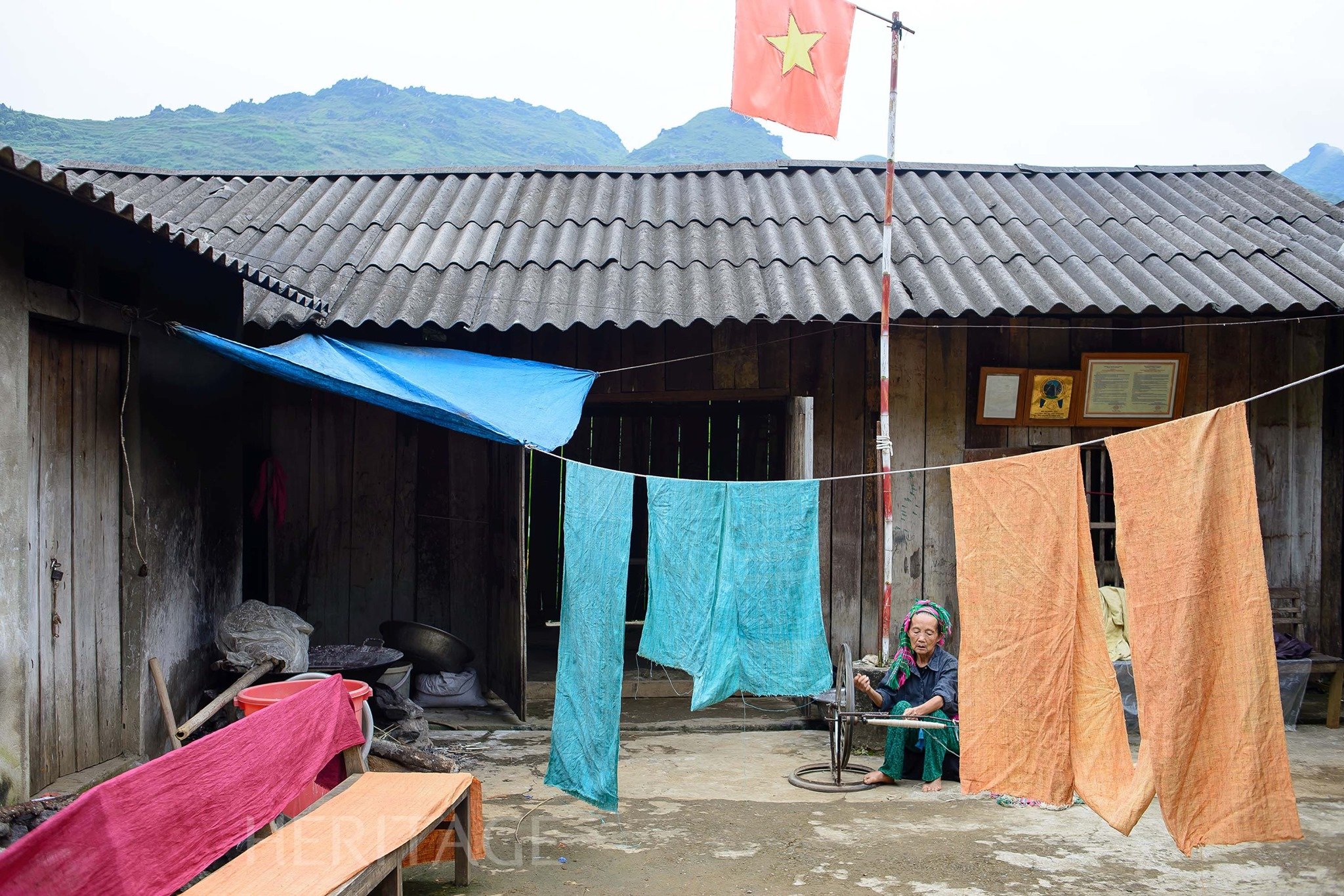
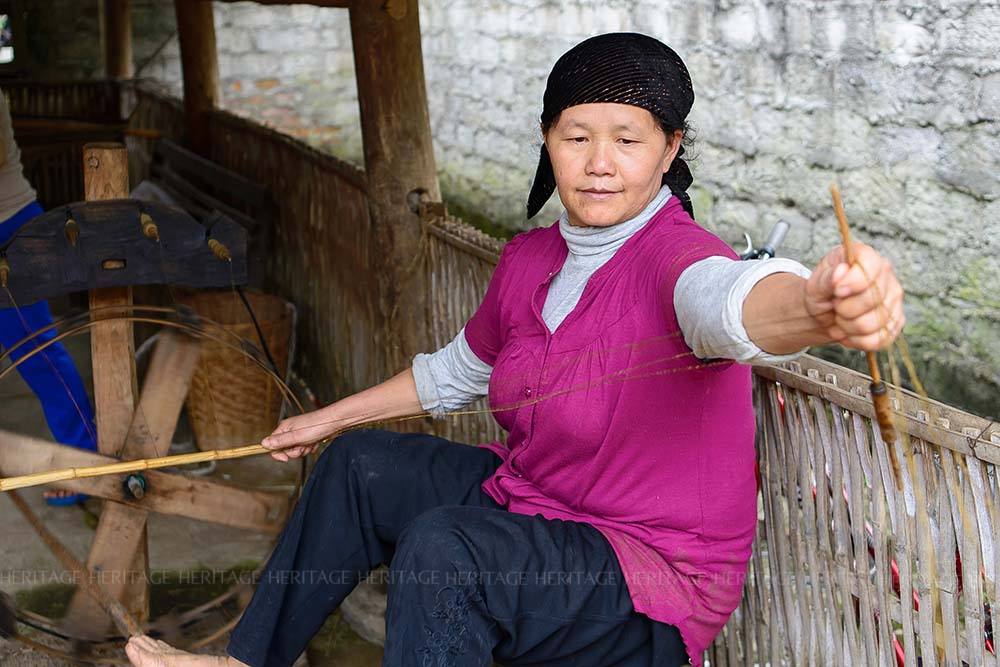
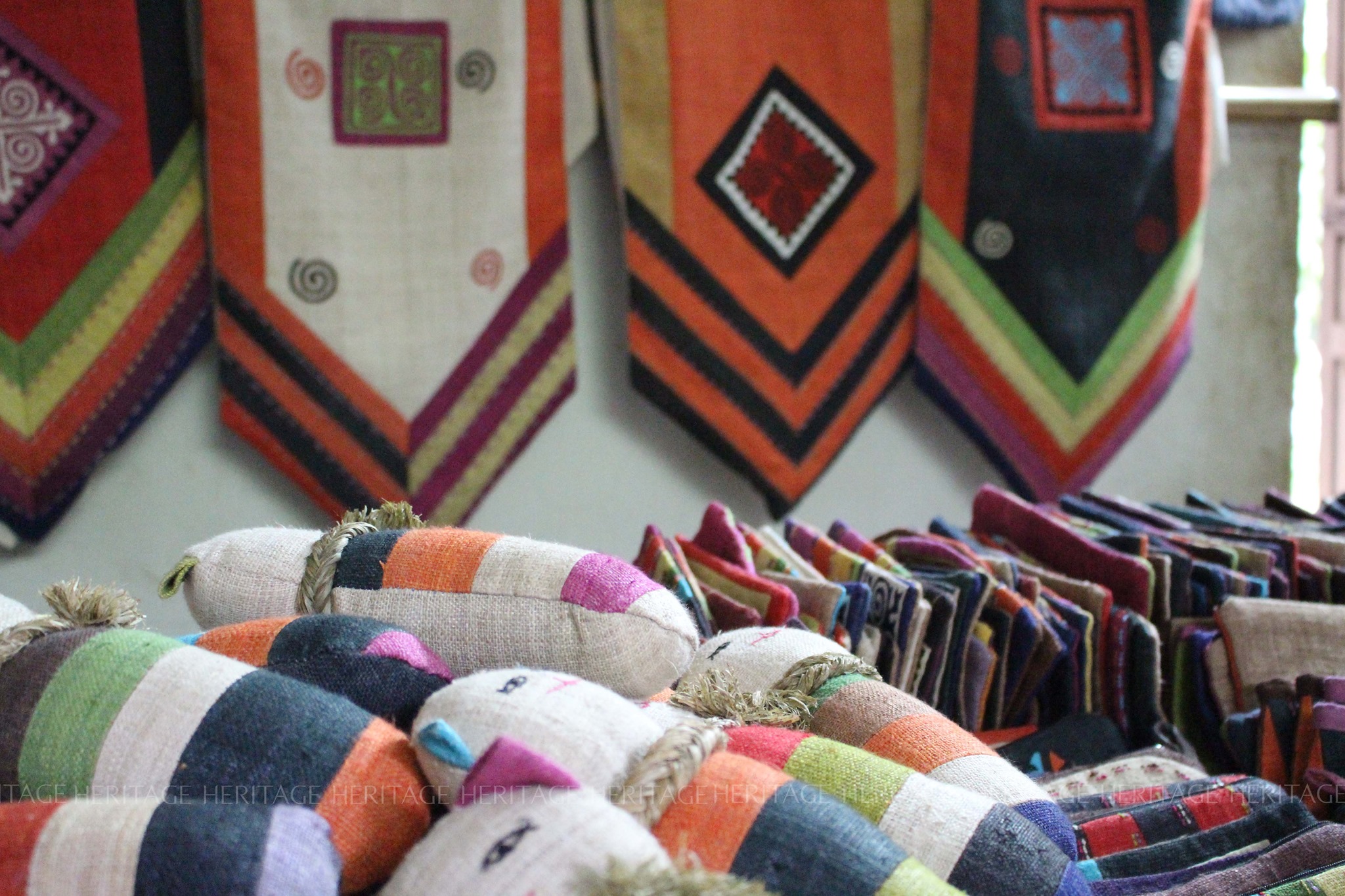
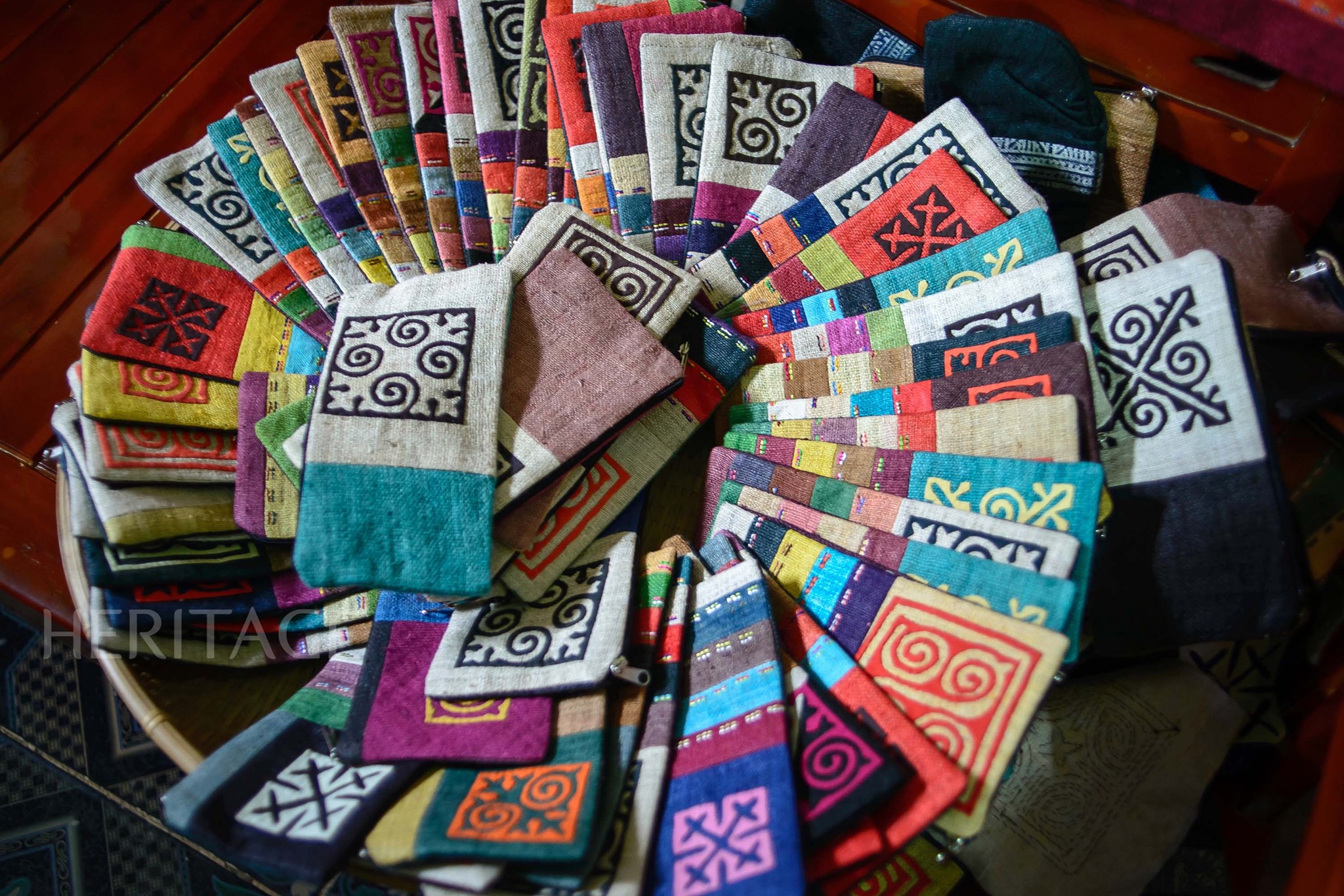
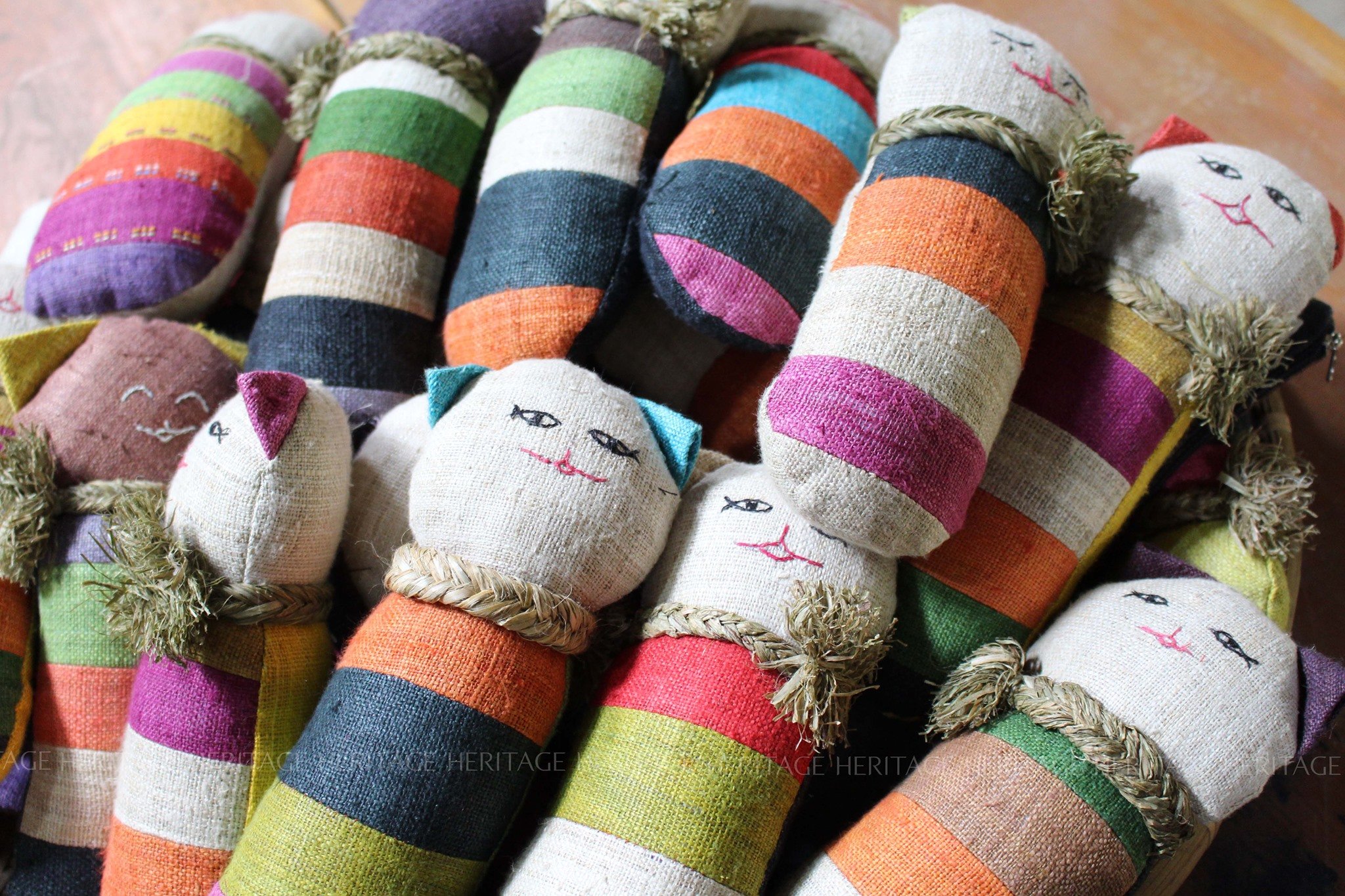



































































































Comment (0)